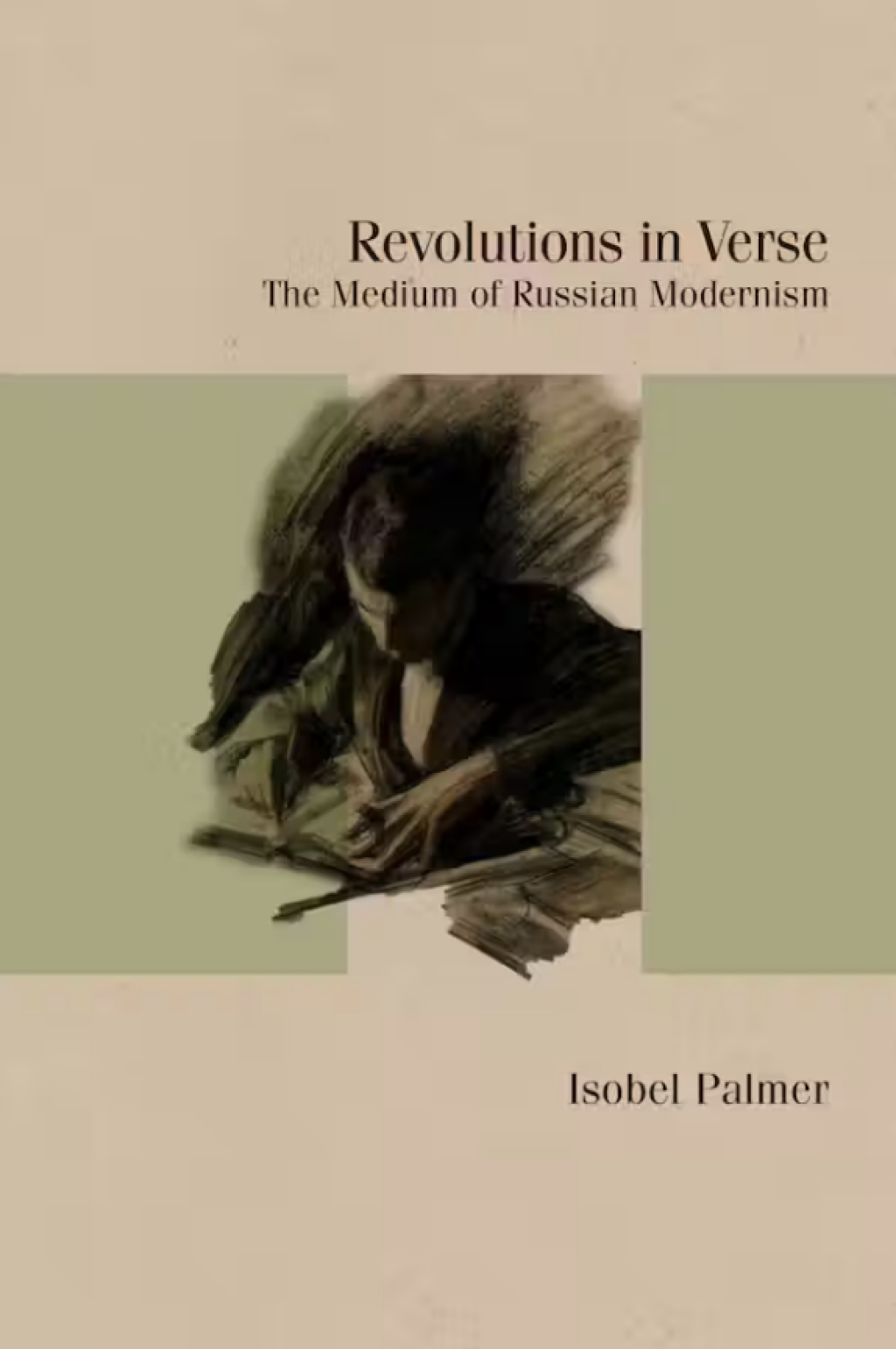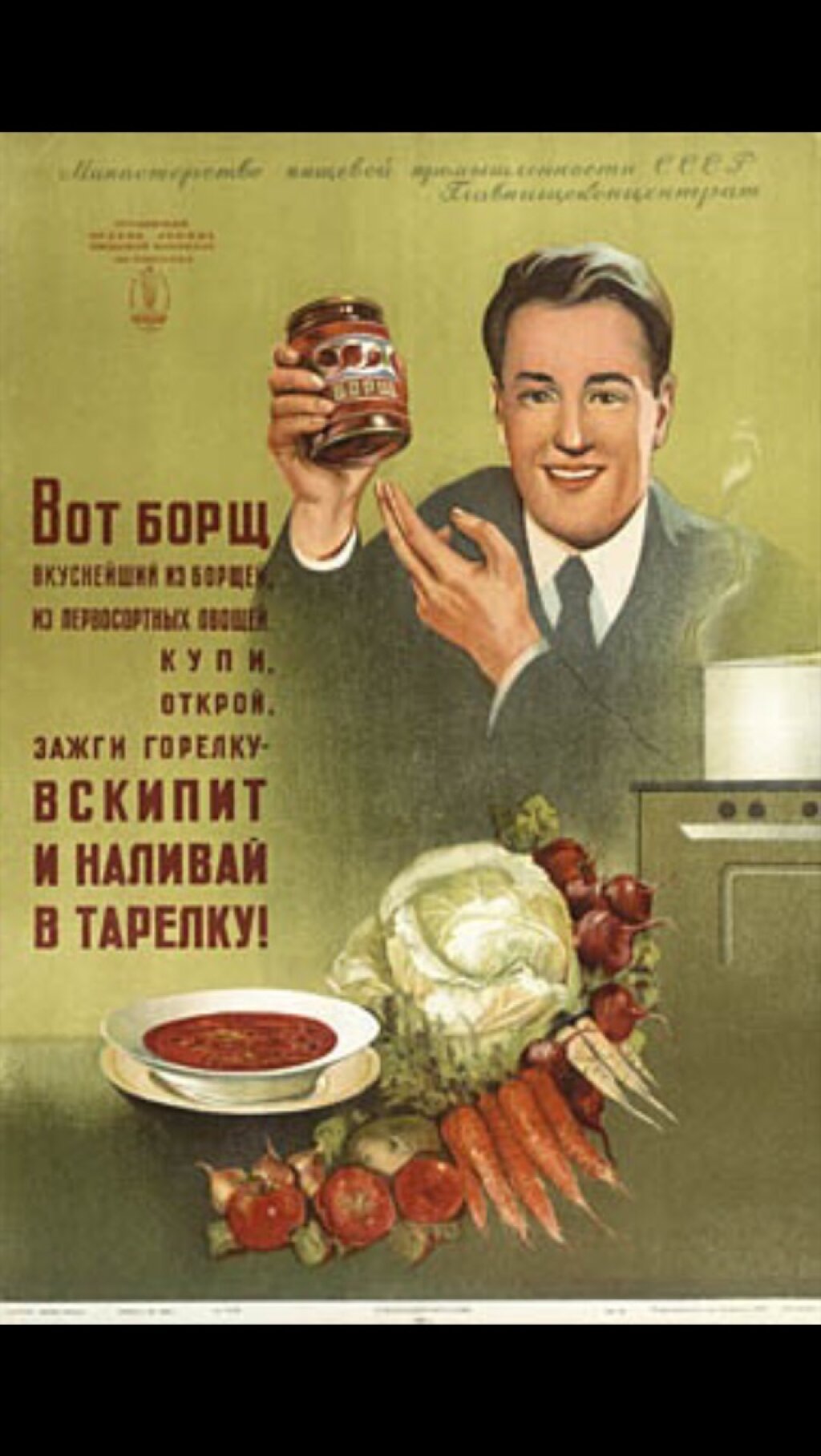Isobel Palmer is an Assistant Professor in the Department of Modern Languages at the University of Birmingham, UK. She is the author of Revolutions in Verse: The Medium of Russian Modernism (Northwestern University Press, 2025). Her current project is entitled Timescapes of Contemporary Russophone Poetry, 1991-present.
In the summer of 1908, Vladislav Khodasevich paid a visit to his Symbolist acquaintance and fellow poet, Andrei Bely. The visit came at the end of a protracted period of crisis for Bely. Cast into despair by the failure of the 1905 revolution, a thwarted love affair, and a year of vicious polemics with the “mystical anarchists,” a breakaway Symbolist group based in St. Petersburg, he had experienced what he called a “crisis of consciousness” and bouts of serious depression.
Bely found one outlet during this period in intensive study of the rhythm of iambic tetrameter verse. “I worked in a frenzy,” he wrote later in Between Two Revolutions, “giving up whole days and nights to calculating rhythms.” When Khodasevich arrived at his house later that summer, he rushed to share the “Archimedean” discovery to which this work had led: poems written in the same meter have different rhythmic profiles. The distinction between meter and rhythm would soon become a basic tenet of prosodic analysis; on that day, however, as Khodasevich recalls, “it was a discovery truly as simple and sudden as that of Archimedes. The law in poetics that meter and rhythm do not correspond should be named for Bely.”
Bely was not alone in his “delirium rhythmicum,” as Ilona Svetlikova terms it, a craze that swept through late nineteenth- and early twentieth-century Europe as the counterpoint to modern discourses of efficiency and the strict management of time. For modernist poets, this meant a rush to assert their freedom from meter and its association with rational calculation and the standardization of modern life. “Contemporary verse must be subordinated to the vibrations of the poet’s soul and not to the count of syllables,” as Valery Briusov declared.
Such assertions were more lyrical than scientific, a point that Formalist theorists would soon make much of. Even Bely, whose work on the iambic tetrameter would give rise to the linguistic-statistical method that came to dominate in Russian scholarship in this area, interpreted the relationship between meter and rhythm in terms of Symbolist philosophy and the more general crisis of contradiction to which he believed modern life had given rise. Nonetheless, statements of this kind not only tell us something important about why the study of poetic form came to such prominence during this period; they also offer crucial insight into the particular conception of poetry to which these circumstances gave rise, one that reveals surprising commonalities between the Symbolists and their Formalist successors.
As I argue in my book, Revolutions in Verse: The Medium of Russian Modernism, the debates about rhythm that animated poetic experiment and theoretical studies leading up to and immediately following the October revolution were, like similar debates about the image [obraz] and poetic voice, symptoms of a new interest in what I term the poetic medium. By this I mean, first of all, that poets and theorists sought to identify and define the specific characteristics of poetry as an artistic medium. The three poetic devices at the center of the book—rhythm, image, and voice—all name the strange material of poetry without quite defining it: poetry is like music, painting, and speech, these terms remind us, but not identical with any of them.
What did it mean that poetry shared characteristics with these other artistic media? How could the material qualities of poetic rhythm, the poetic image, and poetic voice be defined? And what was the relationship between these material qualities and poetry’s less tangible, but no less definite effects? Debates about and experiments with poetic form during this period were an attempt to get to grips with these questions, but they were also about the larger issue at their heart: how does poetry interact with the world? What does or can poetic form do, and how?
Bringing the poetry of Alexander Blok, Boris Pasternak, and Vladimir Mayakovsky into dialogue with the work of Formalist theorists such as Yury Tynianov, Viktor Shklovsky, and Boris Eikhenbaum, Revolutions in Verse shows how modernist poets and Formalist theorists alike understood poetry in relation to a set of overlapping contexts, from their own interartistic and intermedial experiments to the dynamic and rapidly changing media landscape and broader processes of social, technological, and political change.
The particular understanding of poetry and its material qualities that emerged in late imperial and early Soviet Russia was fundamentally shaped by this historical and cultural context, and by modernism conceived as a dynamic cultural milieu. It also flowed from modernist hopes and aspirations regarding poetry’s potential as a transformative tool for social change. Indeed, the most significant shift in conceptions of poetry during the period, I argue, was not the turn to statistical analysis but the notion that the formal analysis of verse should take place, to borrow one media theorist’s analogy, “in the ablative case”—that it should examine poetry as a set of formal, technical qualities “by means of which” concrete things could be achieved.



